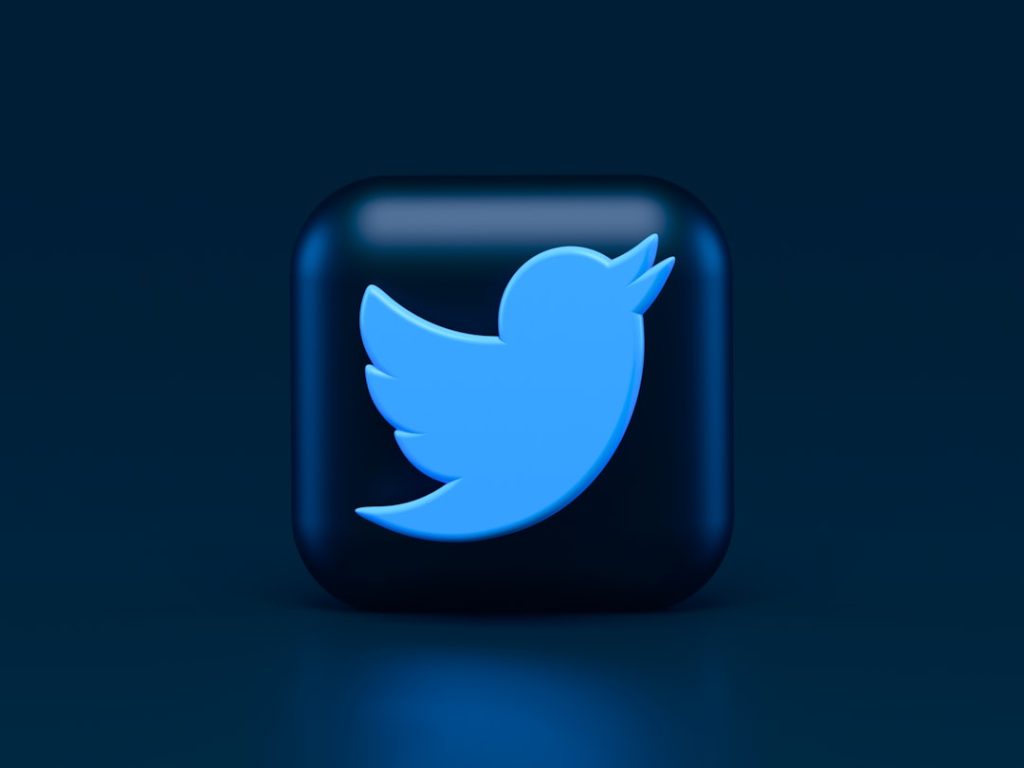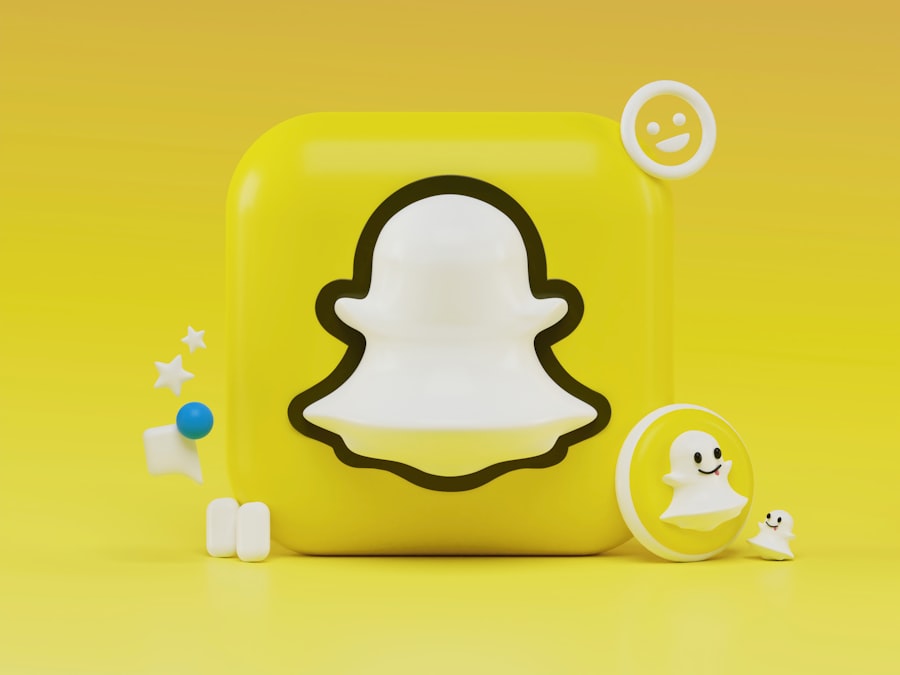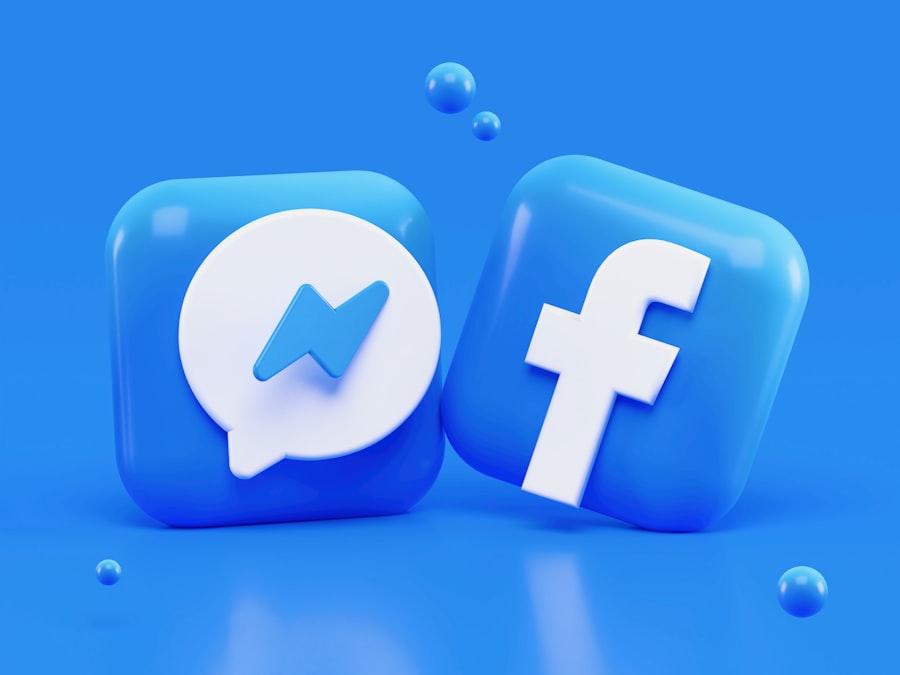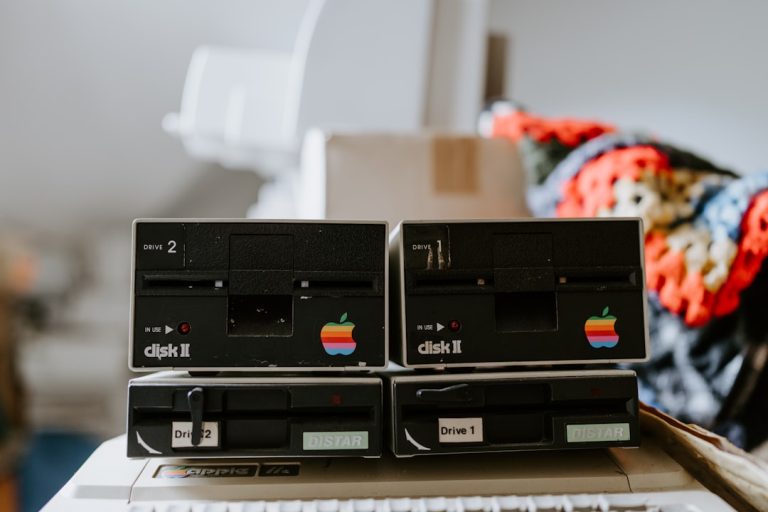
YouTube has transformed from a simple video-sharing platform into a robust ecosystem for content creators, brands, and advertisers. Central to this evolution is the monetization framework that allows creators to earn revenue from their content. Understanding YouTube’s monetization policies is crucial for anyone looking to turn their passion for video creation into a sustainable income stream.
These policies are designed to ensure that the platform remains a safe and engaging environment for users while providing creators with the tools they need to succeed financially. The monetization policies encompass a range of guidelines and requirements that creators must adhere to in order to qualify for revenue-generating opportunities. These include eligibility criteria, content standards, and community guidelines that govern what can be monetized.
As the platform continues to evolve, so too do its policies, reflecting changes in user behavior, advertising trends, and legal considerations. For aspiring YouTubers, navigating these policies is essential not only for compliance but also for maximizing their earning potential.
Key Takeaways
- YouTube has specific policies in place for creators looking to monetize their content, including eligibility requirements and guidelines for advertiser-friendly content, copyright, and community standards.
- To be eligible for monetization on YouTube, creators must have at least 1,000 subscribers and 4,000 watch hours in the past 12 months, as well as adhere to the platform’s policies and guidelines.
- Creators can monetize their content on YouTube through various methods, including advertising revenue, channel memberships, merchandise shelf, Super Chat and Super Stickers, and YouTube Premium revenue.
- Advertiser-friendly content guidelines on YouTube include avoiding sensitive topics, controversial issues, and inappropriate language, as well as following the platform’s policies on harmful or dangerous content.
- YouTube’s copyright and fair use policies require creators to only use content that they have the rights to, and to follow fair use guidelines when using copyrighted material in their videos.
Eligibility Requirements for Monetization
To begin monetizing content on YouTube, creators must meet specific eligibility requirements set forth by the platform. The most fundamental of these is the YouTube Partner Program (YPP), which creators must apply to join. To qualify for YPP, channels must have at least 1,000 subscribers and 4,000 watch hours over the past 12 months.
This threshold ensures that only channels with a substantial audience and engagement can monetize their content, thereby maintaining a level of quality and commitment among creators. In addition to subscriber count and watch time, channels must also comply with YouTube’s policies and guidelines. This includes adhering to community standards, copyright laws, and advertiser-friendly content guidelines.
Once a channel meets these criteria, it can apply for monetization through the YouTube Studio dashboard. The application process involves a review by YouTube, which assesses the channel’s content and adherence to policies. If approved, creators can start earning revenue through various monetization options available on the platform.
Types of Monetization on YouTube

YouTube offers several avenues for monetization, allowing creators to diversify their income streams. The most common method is through ad revenue generated from advertisements displayed on videos. Creators can enable ads on their videos once they are part of the YouTube Partner Program.
Advertisements can take various forms, including display ads, overlay ads, skippable video ads, and non-skippable video ads. The revenue earned from these ads is typically shared between YouTube and the creator, with creators receiving approximately 55% of the ad revenue. Beyond ad revenue, creators can also monetize their content through channel memberships and Super Chat features during live streams.
Channel memberships allow fans to support creators by paying a monthly fee in exchange for exclusive perks such as badges, emojis, and access to members-only content. Super Chat enables viewers to pay to have their messages highlighted during live chats in real-time, providing an additional layer of interaction between creators and their audience. Furthermore, creators can explore merchandise shelf options to sell branded products directly through their channels, enhancing their revenue potential while fostering a deeper connection with their fans.
Advertiser-Friendly Content Guidelines
| Content Guidelines | Description |
|---|---|
| Respectful Behavior | Content should not promote discrimination, harassment, or bullying. |
| Family-Friendly | Content should be suitable for all ages and not contain inappropriate language or themes. |
| Non-Controversial Topics | Content should avoid sensitive or controversial subjects that may be deemed inappropriate for advertising. |
| Non-Violent Content | Content should not promote or glorify violence or harmful behavior. |
To maintain a healthy advertising ecosystem, YouTube has established advertiser-friendly content guidelines that dictate what types of content are suitable for monetization. These guidelines are designed to protect advertisers from associating their brands with inappropriate or controversial material while ensuring that creators understand the boundaries of acceptable content. Topics that may lead to demonetization include hate speech, graphic violence, adult content, and any form of harassment or bullying.
Creators must be particularly mindful of how they present sensitive topics. For instance, while discussing current events or social issues is permissible, it must be done in a respectful and informative manner without sensationalism or incitement to violence. Additionally, content that includes excessive profanity or drug-related content may also face restrictions.
By adhering to these guidelines, creators not only safeguard their monetization opportunities but also contribute to a more positive viewing experience for audiences.
Copyright and Fair Use Policies
Copyright law plays a significant role in YouTube’s monetization policies, as it protects the intellectual property rights of creators while also allowing for fair use under certain conditions. Creators must ensure that they own the rights to all content they upload or have obtained proper licenses for any third-party material used in their videos. This includes music, images, video clips, and any other copyrighted material that could infringe on someone else’s rights.
Fair use is a complex legal doctrine that allows limited use of copyrighted material without permission under specific circumstances. For example, commentary, criticism, or educational purposes may qualify as fair use if they meet certain criteria such as transformative use and minimal impact on the market value of the original work. However, relying on fair use can be risky; creators should be cautious and consider seeking legal advice if they are unsure about whether their use of copyrighted material falls within fair use parameters.
Community Guidelines and Monetization

Prohibited Content
Content that promotes harmful or dangerous behavior, misinformation, or illegal activities is strictly prohibited under community guidelines. For instance, videos that encourage self-harm or substance abuse can lead to immediate demonetization or removal from the platform altogether.
Maintaining a Positive Reputation
For creators seeking to monetize their content, adhering to these guidelines is essential not only for compliance but also for maintaining a positive reputation within the community.
Respectful Environment
Additionally, creators should be aware of the importance of fostering a respectful environment in their comment sections and interactions with viewers. Engaging in or promoting harassment or hate speech can have serious repercussions for monetization status.
Demonetization and Appeal Process
Demonetization occurs when YouTube determines that a creator’s content does not comply with its monetization policies or community guidelines. This can happen at any stage—during the initial review process or after a video has been live for some time. When a video is demonetized, creators receive notifications explaining the reasons behind the decision.
Common reasons include violations of advertiser-friendly content guidelines or copyright infringements. If a creator believes that their video was unfairly demonetized, they have the option to appeal the decision through YouTube’s appeal process. This involves submitting a request for review along with any relevant information that supports their case.
The appeal process allows creators to present their arguments and potentially have their videos reinstated for monetization if YouTube finds merit in their claims. However, it’s important for creators to approach this process thoughtfully; providing clear evidence and understanding the specific reasons for demonetization can significantly improve the chances of a successful appeal.
Tips for Adhering to YouTube Monetization Policies
Navigating YouTube’s monetization policies can be challenging but adhering to best practices can help creators maintain compliance and maximize their earning potential. First and foremost, staying informed about updates to policies is crucial; YouTube frequently revises its guidelines based on user feedback and industry trends. Creators should regularly check the official YouTube Creator Academy and policy pages to stay up-to-date.
Another effective strategy is to create original content that reflects personal creativity while avoiding reliance on third-party materials that could lead to copyright issues. Utilizing royalty-free music and stock footage can mitigate risks associated with copyright infringement. Additionally, engaging with audiences in a positive manner fosters community goodwill and encourages viewer loyalty—both essential components for long-term success on the platform.
Furthermore, creators should consider diversifying their income streams beyond ad revenue by exploring sponsorships or affiliate marketing opportunities that align with their brand values and audience interests. This not only provides financial stability but also enhances engagement by offering viewers valuable products or services related to their content niche. By understanding and adhering to YouTube’s monetization policies while continuously refining their content strategy, creators can build sustainable careers on the platform while contributing positively to the broader YouTube community.
YouTube recently updated its monetization policies, causing concern among content creators. Many are now looking for alternative ways to earn money from their videos. One interesting article on this topic can be found on Sersea Media, which discusses the impact of these changes on the YouTube community. It offers insights and tips on how creators can adapt to the new policies and continue to thrive in the ever-evolving world of online content creation.
FAQs
What are YouTube monetization policies?
YouTube monetization policies are a set of guidelines and rules that creators must follow in order to be eligible for monetizing their content on the platform. These policies cover various aspects such as content guidelines, copyright rules, and advertiser-friendly guidelines.
What are the content guidelines for YouTube monetization?
YouTube has strict content guidelines that creators must adhere to in order to monetize their videos. These guidelines include restrictions on inappropriate language, violence, nudity, and harmful or dangerous content. Additionally, YouTube prohibits content that promotes hate speech, discrimination, or harmful or dangerous activities.
What are the copyright rules for YouTube monetization?
Creators must ensure that they have the necessary rights to use any copyrighted material in their videos, including music, images, and video clips. Unauthorized use of copyrighted material can result in demonetization of the video or even account termination.
What are the advertiser-friendly guidelines for YouTube monetization?
YouTube has specific guidelines for content that is considered advertiser-friendly. This includes avoiding controversial or sensitive subjects, as well as ensuring that the content is suitable for all audiences. Content that does not meet these guidelines may be demonetized or receive limited ads.
How can creators check if their content is eligible for monetization?
Creators can check the eligibility of their content for monetization by reviewing the YouTube Partner Program policies and guidelines. Additionally, YouTube provides a monetization icon in the Video Manager that indicates whether a video is eligible for monetization.
What happens if a creator violates YouTube’s monetization policies?
If a creator violates YouTube’s monetization policies, their videos may be demonetized, and they may receive a strike on their account. In severe cases, repeated violations can lead to the suspension or termination of the creator’s YouTube account.


